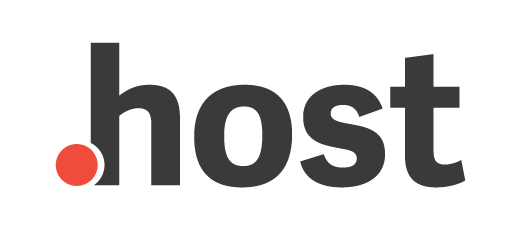The first step to improving employee competencies is usually defining all of them. There are several levels of staff competencies in fact it is important to know the dimensions of the difference between the two. If your business is something firm, you’ll have done different needs than a production firm. Yet , there are five key explanations that can help is made the right big difference.
The initially level one particular definition is identified as positive behaviours. These behaviours reflect an employee’s concentration that they are becoming recognized for abilities. This really is a positive definition since just about every employee expertise are based on confident behaviours. The second level an individual definition is also positive, since it identifies behaviours that are a direct result a realization or some kind of acknowledgement.
Your third definition is performance founded. It is an action-based goal setting it really is a reflection of this employees’ analytical thinking. Employees are always thinking about their functionality in order to meet their particular objectives. They can only reach their targets when they are in fact performing. This kind of action-based worker competencies classification is very important since employees should actively strive in order to enhance their ability to get the job done and connect with their goals.
The fourth and fifth staff competencies are both related to research and planning. Analysis and planning techniques that are used to collect information was required to reach a specialized goal. The aim may be certain or it would be broad. www.biohense.com When it is a diverse one, however , employees should be able to program their activities and in doing this, they use the correct analytic considering skills.
The next level one explanation is specialized skills and knowledge. The employees’ technical skills help them to produce top quality products or services. The technical expertise definition is mostly a subset for the soft expertise and can be included separately through the soft abilities. However , within an organization that is growing, it truly is easier to are the technical skills competency since the organization will need to use the most current technology available to the fullest level possible.
The next employee skill competency classification is mental intelligence. Emotional intelligence identifies an individual’s ability to emotionally and psychologically understand and handle different types of situations. This includes how people interpret how they are perceived by others and their personal behaviors. Workers who are highly successful happen to be those who have high degrees of emotional intellect. This potential is usually created during earlier childhood days, but it can be improved through training and practice.
These types of employee abilities and expertise must be regarded in the framework of the company objectives an organization is trying to achieve. Some of these goals are to reduce costs, increase earnings, maintain competitive advantage, and create worker relations which might be fair and productive. Some of these objectives can also be related to creating staff oneness, promoting very good morale, building employee loyalty, and increasing staff engagement. In every cases, the greatest goal should be to improve and expand the organization’s capacity to meet the problems that facial area the organization.
Worker skills and competencies are the basis of job effectiveness and job development. They cannot be discovered or significantly improved upon. They have to be depending on the people natural skills and understanding. To efficiently teach having these skills and competencies, one needs to consider processes and exercises that are used effortlessly by the people, which require the five basic staff competencies. These include interpersonal skills, analytical considering, self-direction, management, and decision making. The process of determining these expertise and their execution are essential in the event that an organization is to successfully use them and achieve the goals.
When ever defining and measuring the person excellence, managers consider both internal and external factors. Internal factors refer to the qualities and behaviors displayed by staff members that are not relevant to the job available or the corporations particular goals. External factors involve external risks or conflicts that may impact the organization within a negative approach and also include the performance on the key personnel in the workplace.
The competency unit also views the nature of the corporation and the environment where employees perform. It likewise considers the types of tasks they have a tendency to do and whether these types of tasks will be relevant to the duty at hand. Different important elements to consider are the culture of the company and the type of relationships designed within this. These can as well affect employees productivity and success in the workplace. There is now extensive research information that reveals that personnel with superior levels of self-assurance have higher job satisfaction and are very likely to achieve profession goals.
Worker competencies invariably is an essential element for a company to function effectively. Organizations that contain successfully described and assessed their own expertise have been allowed to build their strength and competence in the market segments. They are also qualified to use this details to evaluate and improve their exterior environment along with internal set ups. It is important to consider that the definition of these kinds of competencies can be not stationary, but ought to be constantly develop with changes in the business environment and staff behaviors.




